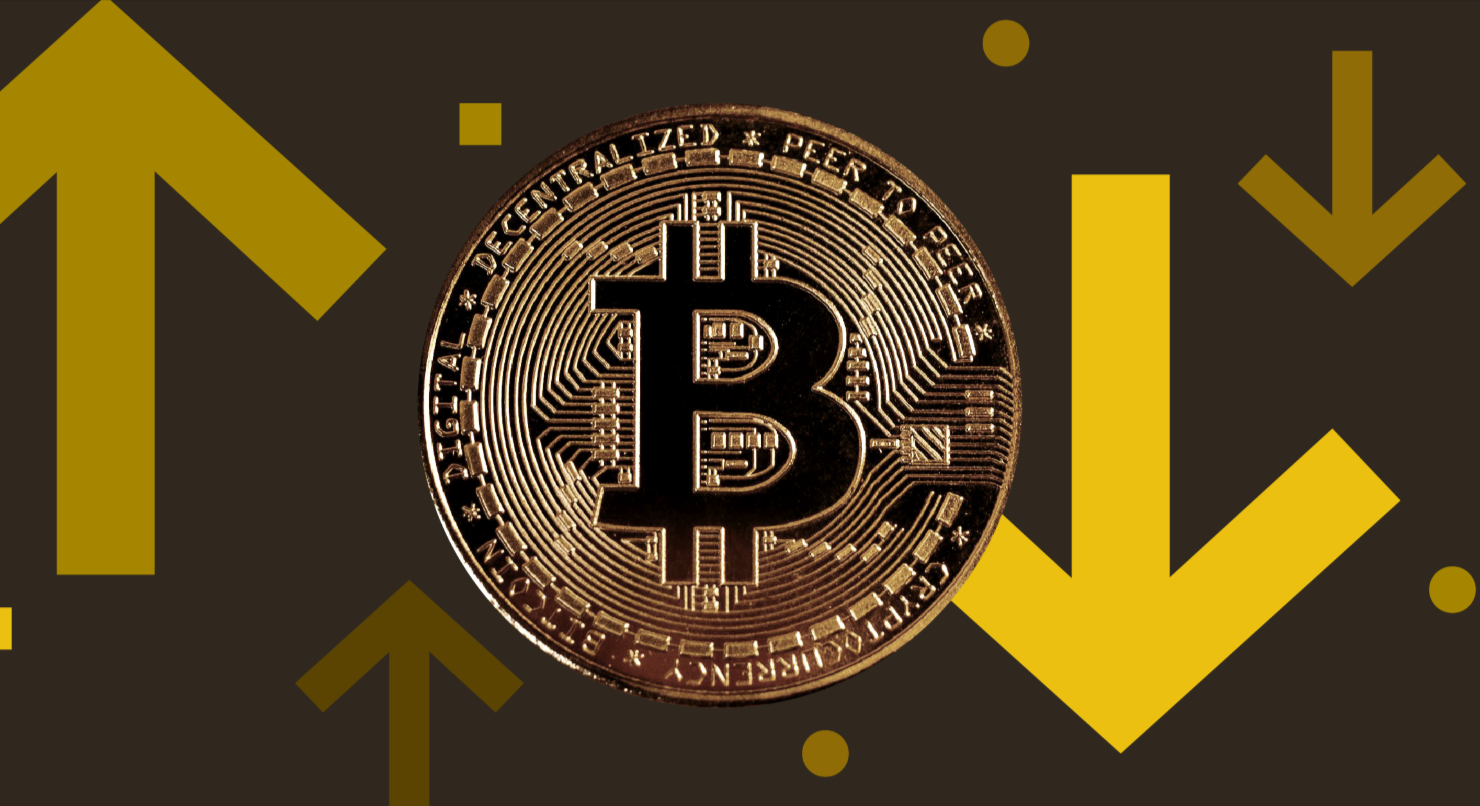Let’s face it, talking about the bitcoin price can feel a bit like discussing a toddler’s crayon drawing at a Picasso exhibition. One minute it’s soaring like a caffeine-fueled rocket ship, the next it’s plummeting faster than my New Year’s resolutions. It’s a spectacle that has captivated everyone from seasoned Wall Street whales to your aunt Mildred who’s just discovered how to send a GIF. But beneath the dizzying charts and the breathless pronouncements of “moon” or “doom,” what’s really going on? Is it just a bunch of zeros and ones doing a chaotic dance, or is there a more… sophisticated logic at play?
Unpacking the Bitcoin Price Volatility: A Rollercoaster Ride Explained
The sheer volatility of Bitcoin’s price is legendary, often making traditional asset classes look about as exciting as watching paint dry. But this isn’t just random noise; it’s a symphony (albeit a sometimes discordant one) of various factors. Think of it less as a capricious whim and more as a hyper-sensitive ecosystem. One of the most significant drivers is, naturally,
supply and demand. Bitcoin has a finite supply – only 21 million will ever exist. This scarcity is a core tenet of its design. When demand outstrips this limited supply, the price tends to climb. Conversely, if more people are looking to sell than buy, you get the dreaded price dip. Simple, right? Well, if only life were always that straightforward!
The Psychological Factor: Hype, Fear, and FOMO Beyond pure economics, human psychology plays a monumental role. Fear of Missing Out (FOMO) is a powerful force, capable of sending prices into the stratosphere as investors scramble to get in on what they perceive as the next big thing. On the flip side, fear, uncertainty, and doubt (FUD) can trigger panic selling, leading to sharp declines. I’ve seen this play out time and again; a single piece of negative news, often amplified by social media, can send ripples of panic through the market. It’s like a digital stampede, and it’s surprisingly effective at moving the bitcoin price.
Beyond Hype: The Technical Underpinnings of Bitcoin’s Value
While the emotional aspect is undeniable, we can’t ignore the technological foundation. Bitcoin’s price is also influenced by its underlying technology and its adoption.
Network Effects: When More Users Mean More Value The concept of network effects is crucial here. The more people who use, accept, and build on the Bitcoin network, the more valuable it potentially becomes. Think of it like a social media platform: it’s not very useful with just a handful of users, but when millions are on board, its utility and influence skyrocket. As Bitcoin’s ecosystem of wallets, exchanges, and applications continues to grow, this network effect can contribute positively to its perceived value and, consequently, its price.
Global Events and Regulatory Ripples: A Delicate Balancing Act
It’s not just about what happens within the Bitcoin world. The global stage significantly impacts its trajectory.
Geopolitical Shocks and Economic Uncertainty : In times of economic instability or geopolitical tension, Bitcoin can sometimes be viewed as a safe-haven asset, a digital gold. Investors might turn to it as a hedge against inflation or currency devaluation. However, this narrative isn’t always consistent. Sometimes, during broader market sell-offs, even Bitcoin gets caught in the crossfire. It’s a fascinating paradox: sometimes it’s the protector, sometimes it’s part of the problem.
The Regulatory Tightrope Walk : Government regulations (or lack thereof) are perhaps one of the most unpredictable variables affecting the bitcoin price. News of a country cracking down on crypto can send shockwaves, while positive regulatory clarity can boost confidence. The global regulatory landscape is still evolving, and this uncertainty adds another layer of complexity to price predictions. One can’t help but wonder how much smoother things might be if there were a universal playbook!
Mining and Blockchain Dynamics: The Engine Room of Bitcoin
Diving a bit deeper, the very mechanics of Bitcoin’s creation and operation play a role.
The Halving Event: Built-in Scarcity Mechanism The “halving” is a pre-programmed event that occurs roughly every four years, where the reward for mining new bitcoin is cut in half. This event directly impacts the rate at which new bitcoins enter circulation, reducing supply. Historically, halving events have often been followed by significant price increases, as the reduced supply meets sustained or growing demand. It’s a fascinating example of how code dictates economic scarcity.
Transaction Fees and Network Congestion : While not as dramatic as halving, transaction fees and network congestion can also influence Bitcoin’s price indirectly. High fees might deter smaller transactions, potentially impacting user adoption and sentiment. Conversely, a smooth, efficient network can reinforce confidence in its usability.
Beyond the Numbers: What Does This Mean for You?
So, after all this talk of algorithms, psychology, and global events, what’s the takeaway? The bitcoin price is a multifaceted beast, influenced by a complex interplay of factors. It’s a testament to the interconnectedness of technology, economics, and human behavior in the digital age.
Wrapping Up: Navigating the Bitcoin Price Labyrinth
Trying to predict the exact movement of the bitcoin price is akin to predicting the weather on Mars – fascinating, but prone to spectacular inaccuracies. Instead of chasing short-term gains, focus on understanding the fundamental forces at play. Do your research, understand your risk tolerance, and remember that while the allure of a soaring price is strong, a long-term perspective often serves investors best. And perhaps, just perhaps, try not to check your portfolio every five minutes. Your blood pressure will thank you.
